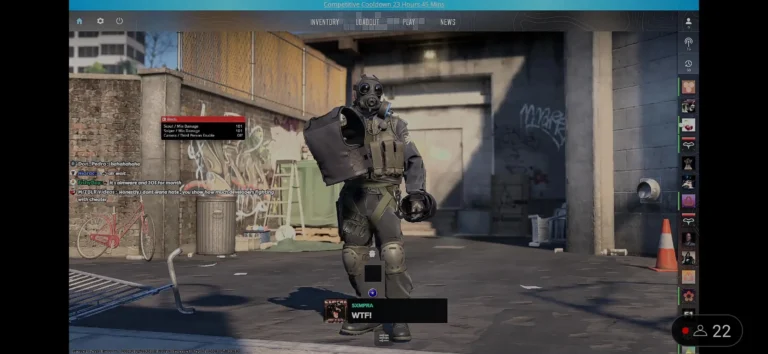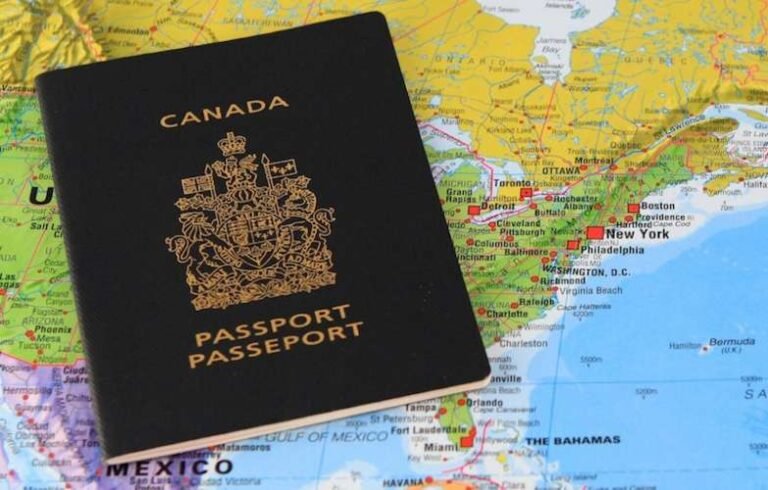Everything you wanted to know about a badminton court
Badminton is nothing less than great art, from the net play to the service courts. Every movement counts. This is why.
Within the last ten years or so, badminton has grown in popularity in India. Badminton, which was primarily played in social groups and as wintertime leisure, underwent a significant change after Saina Nehwal won the bronze medal at the 2012 London Olympics. The popularity of learning to play competitive badminton increased significantly.
With PV Sindhu’s silver medal at Rio 2016 and consistent performance at world championships, interest in badminton increased significantly.
Badminton is an entertaining racquet sport for spectators because of how quickly it moves. Whether the shuttle is moving at a speed of up to 400 kph or making delicate drop shots, there is very little room for error. Therefore, knowing the court and how to use it makes all the difference in whether you win or lose.
Synthetic mats are typically utilized as the court’s surface, while badminton courts are typically constructed on wooden floors. The purpose of the courts is to cushion and comfort shuttlers as they maneuver throughout the playing surface to trick their opponents with smashes and shrewd strokes in order to score points. As a result, maintaining the court’s surface is required.
There are two different competitive formats available on a badminton court: singles and doubles. Accordingly, the court’s lines are drawn.
Badminton court size
According to the rules established by the Badminton World Federation (BWF), a regular badminton court’s length, 13.40m (44 feet), applies to both sorts of competitions. However, the breadth varies, with the singles court being 5.18 m (17 ft) wide and indicated by sidelines, while the doubles court is 6.1 m (20 ft) wide and designated by doubles sidelines. The total court’s diagonal length is 14.723 meters.
A badminton net that is 1.55m (5 feet 1in) high at the ends and drops to 1.52m (5 feet) in the middle divides the court’s two halves, each measuring 6.7m (22 feet).
The service areas are further vertically divided down the middle of the two playing zones on either side of the net. This indicates that a badminton court contains four service courts, each measuring 3.88 meters (12.72 feet) in length and 2.53 meters (8.3 feet) in width.
The court has two service lines that are designated for this purpose, the short service line, which is 1.98 meters (6.5 feet) from the net, and the long service line, which is 0.72 meters (2.36 feet) in from the baseline.
Read also: What is the size of the Motera cricket stadium? How does it compare to other major sporting venues?
The service in singles must extend past the short service line and stay inside the boundary lines. The long service line serves as the backcourt marker in the doubles match even though the service should be beyond the short service line. This indicates that the serving length is shorter in doubles than it is in singles.






